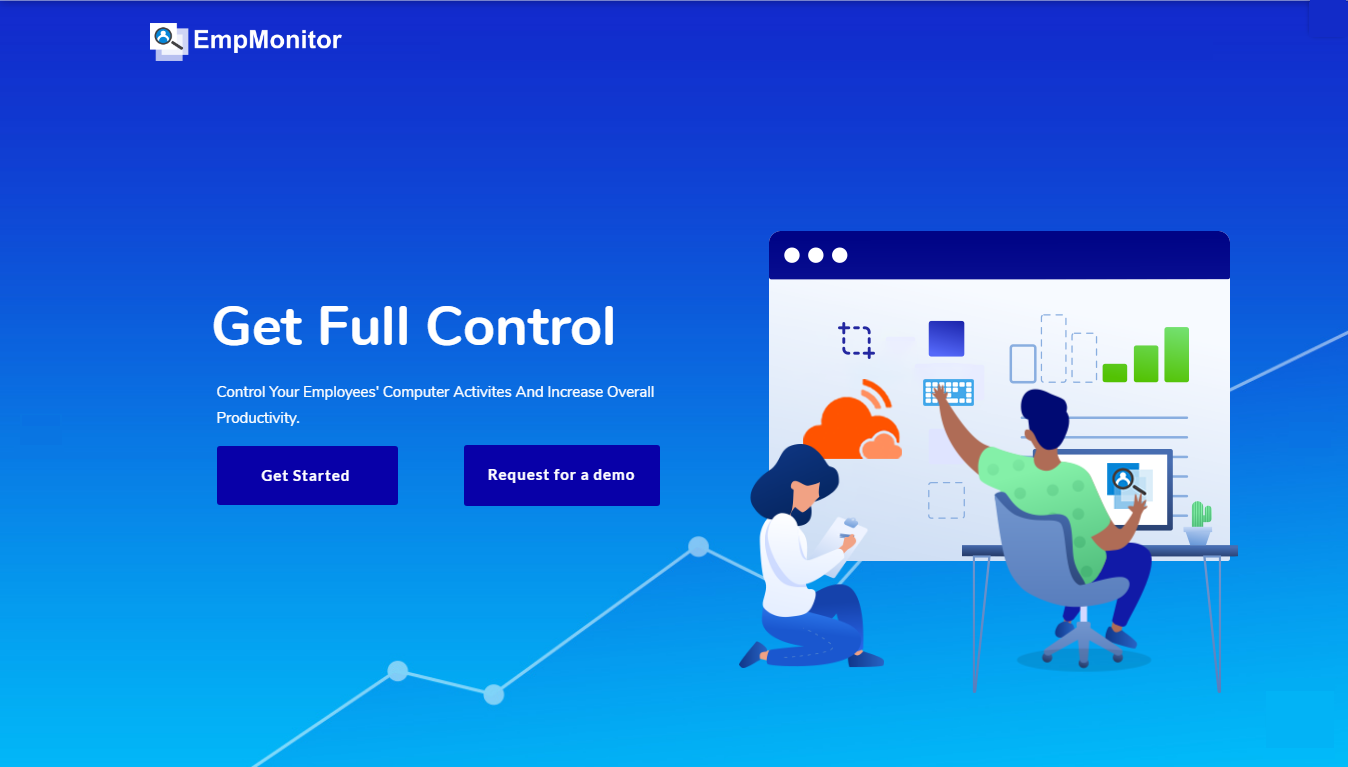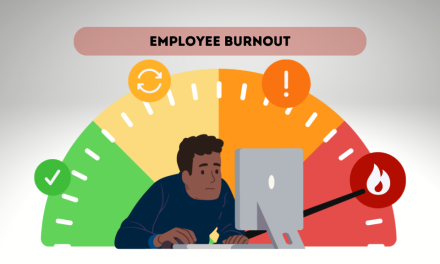“It’s a drone nation where everything and everyone is remotely controlled.”
Remote work describes any type of work that doesn’t have to be performed in a traditional company office. Remote workers can do their jobs anywhere in the world. Instead of commuting to an office each day to work from a designated desk, remote employees can execute their projects and surpass their goals wherever they please.
Hit The Play Button To Listen Podcast:
People have the flexibility to design their days so that their professional and personal lives can be experienced to their fullest potential and coexist peacefully. There has been a cultural paradigm shift in what society deems to be an appropriate workplace – and remote work has capitalized off of that newfound freedom.
HOW DO PEOPLE WORK REMOTELY?
There are a variety of ways in which people can work remotely. That’s the beauty of remote work – people can choose to work in a way that makes the most sense for their lives. Others rely on coworking spaces to be the spots where they can get the job done.
Coworking spaces act as hubs of productivity, community, and technology, offering great network connectivity and opportunities to meet others who work in a multitude of industries. They can be utilized by people with full-time jobs, freelance careers, and even entrepreneurs who want to rent out an office space for themselves or their small staff.
You might even say that coworking spaces are a halfway point between a traditional office and a non-traditional workspace, giving you the comfort of working from home and combining it with the professional amenities and networking opportunities that you’d find in a corporate environment.
Whether remote employees choose to take advantage of a coworking space in their home city or obtain a membership with a coworking collective that has locations around the world, they reap the benefits of having location flexibility
EMPMONITOR
Do you want to remote work and get the most benefits out of it?
Get the most amazing real-time computer monitoring software. Managing and monitoring the work remotely isn’t a tough or hectic job anymore. You can now monitor everything just by the touch on your screen even over a widespread area.
The global team works towards taking the legacy and also takes the company forward just by the click of their fingertips. Managing any kind of team can certainly have its challenges. But, when working in a remote team, sometimes those challenges seem to be amplified.
In EMP MONITOR you can view activities as they happen and manage them instantly. This can improve your company’s productivity, business, and overall operation with its various excellent functionalities.
Talking about the best four qualities under the control of a working remote system are: Monitor employees, observe employees, block inside threats and take the productivity graph to the next level.
BENEFITS OF REMOTE WORK:
- Freedom & Flexibility:
Freedom & Flexibility is what employees need and this gives them the satisfaction that they would be able to work and handle their home life at the same time and this was only possible if they start working remotely.
- No daily commute:
You don’t need to drive anywhere. If you have set up a home office, all you need to do is sit down and start to work.
- Wear whatever you would like:
want to do that Zoom meeting in your night suit, as long as you are wearing a decent shirt nobody will be the wiser.
- Location:
The benefit of working remotely for employees is that they can work from anywhere. People don’t have to be bound to a city that doesn’t correspond to their standards or preferences, which also helps avoid unnecessary traveling. If a spouse has to be based or allocated in a particular location, remote working allows partners to keep their job, or at least ease the transition period.
Working remotely means it doesn’t matter if you live at the top of a mountain or next to the sea. As long as you have a good internet connection you can work from any location in the world.
Going to work can be expensive but then using these remote services not only saves time but also saves the cost of employees and they can save a little more rather than spending over an endless list. Working remotely, particularly from home, can allow for creative thinking and greater productivity. Remote employees can make their workspace as bright or plain as they wish.
- Communication:
When employees start working remotely, they sometimes find it strange. They’re not used to the silence and the absence of office chat. But this can also encourage better communication as people learn to talk to who they need to, when they need to, without wasting time. It can also promote colleagues to get to know each other through messenger apps and chats and find out how they can benefit each other. Communication grows with remote working as it prompts collaboration.
Rather than working together with a team, working alone brings in a lot of focus and also a lot more positivity. Remote work statistics from 2018 show that the majority of people feel there are fewer distractions when working out of the office. Co-workers are a big part of these distractions; 74% of respondents said they work remotely to get away from colleague interruptions. Productivity is essential to the growth of an organization.
According to Calvin Coolidge, “All growth depends upon activity. There is no development physically, or mentally without effort and effort means work “
DISADVANTAGES OF REMOTE WORK:
- Distractions:
Whether it’s a crying baby, a talkative neighbor, or that guy at the co-working spot who takes all his calls on speakerphone. You are bound to face distractions that you might not face in the office. This can make for a less than ideal environment and distract you from getting work done
- Burnout:
Remote workers can sometimes forget to block out time for themselves. Since we’re always connected it’s easy to work until the wee hours of the night – but it is not healthy!
- Isolation:
Someone who draws their energy from being around other people
- Communication issues:
without regular video calls that foster healthy, honest communication, teams can struggle with misunderstanding. Words via email can be taken out of context as well.
- Mental health:
Much like medications advertised on television, remote work can have side effects of depression and anxiety. Loneliness and isolation are two major drawbacks often cited by remote workers. Feelings of isolation or loneliness can be made worse by a lack of strong support systems or social groups outside of work. When individuals feel acute isolation, there is a greater risk of developing depression.
WAYS TO STAY PRODUCTIVE WHILE WORKING REMOTELY:
- Set boundaries:
Whether it’s with your kids, the UPS driver, or the overly-talkative grandma at the local cafe, you’ve got to set healthy boundaries. Remote working is still a new concept to most people, and they need to understand that when you’re working, you’re working.
- Take breaks:
Working alone, it’s possible to dive into the rabbit hole and forget to eat or drink for hours. This isn’t good for you, and it isn’t good for your productivity. Taking regular, scheduled breaks will keep you sharp.
- Change locations:
Some people find that their creativity peaks when they change locations. For example, you might work at home in the morning for a bit, then head to a co-working space or a library, and end up in a cafe in the afternoon. Try different locations and see what works best for you.
- Track your time
- Do you get easily distracted? There’s a whole bunch of time management apps available that will help you track your time and stay focused.
- Disconnect for at least a few hours each day
- Unless you’re a world leader, you don’t need to be constantly available. The world will keep turning if you go offline for a bit.
Check Our Latest Posts:
Here is Why You Should Opt Macro-managing Over Micromanaging
Empower Your Management With Employee Productivity Metrics
Working remotely in different areas brings in a lot of opportunities as working towards the development in the coming future. An amazing 99% of respondents said they were satisfied with their current remote work situation and would like to continue working remotely (at least in part) for the remainder of their careers According to the Buffer survey, 22% of respondents confess to having difficulty unplugging from work or establishing firm boundaries between work time and personal time.
The real question (which isn’t answered by the survey) is whether the home is actually the best location to work. Many might still answer “yes,” but for some, getting out of the house might actually be more productive and limit the sense of isolation that can affect remote workers. WFH is what you do when you usually work at an office space but due to current limitations or choices, you prefer to do the same WFH.
It is a common practice for companies around the world to provide their 9-5 employees to offer a work-from-home day or period when the situation calls for it. After the particular day or period is over the employee is expected to return to the usual work hours. So an employee who works from home is quite expected to be present at the onsite office space for the majority of his/her time. Working at home these days has been made quite so easy because of the various tools that are now available.
Perhaps the most indispensable tool is the Internet, which helps people connect instantly and cheaply with their clients, bosses, and other people involved. The home office, which usually consists of a computer and a phone, also makes working at home a breeze by providing the modern conveniences of technology. Other office devices that could greatly make working at home easier would include printers, scanners, webcams, and copiers, among other tools.















